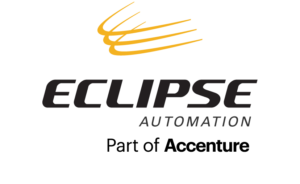With the development of robots that can copy the exact actions of humans, more and more machines are being incorporated into automation processes. These robots ensure human error is eliminated from the process and offer a safer alternative to manual labor. Appropriate Audiences, a company which specializes in robotics and tattoo’s, has recently created a robotic arm which can complete a tattoo autonomously, anywhere on the body.
Appropriate Audiences’ first design consisted of a 3D printer with a needle fastened on the end where the dispenser would be. The device is able to draw designs on skin, but does not have the functionality the human arm possesses to draw around curves and angles. The newest design utilizes a full robotic arm, similar to the ones which put together cars on an assembly line. Due to the wide maneuverability the arm offers, the new device allows for complex designs to be drawn anywhere on the body.
Though the idea of tattoos being fully completed by a robot can make people nervous, the robot is more unlikely to make a mistake during a design than a person. While a human can become tired during a long design, apply too much pressure or even be interrupted by a sneeze, a robot will be able to produce an exact design without error.
To begin the process, a scan is taken of the section of the body being tattooed, providing data to the robot about the curves and shape of the canvas it will be inking on. Once this is complete the robot begins tattooing, precisely following the uploaded design instructions provided. Currently, the only issue to overcome is to discover a way for the robot to adapt if its subject decides to move.
Integrating robotics into a process can be a very complex process, ensuring that the automated procedure can complete the task in a precise and timed manner. Eclipse Automation offers an expert project management team who works closely with you from the start to finish, providing you the most efficient options to streamline your projects operations.
Source: Popular Mechanics



